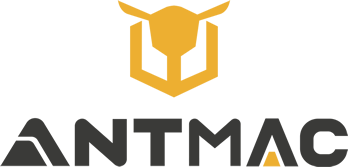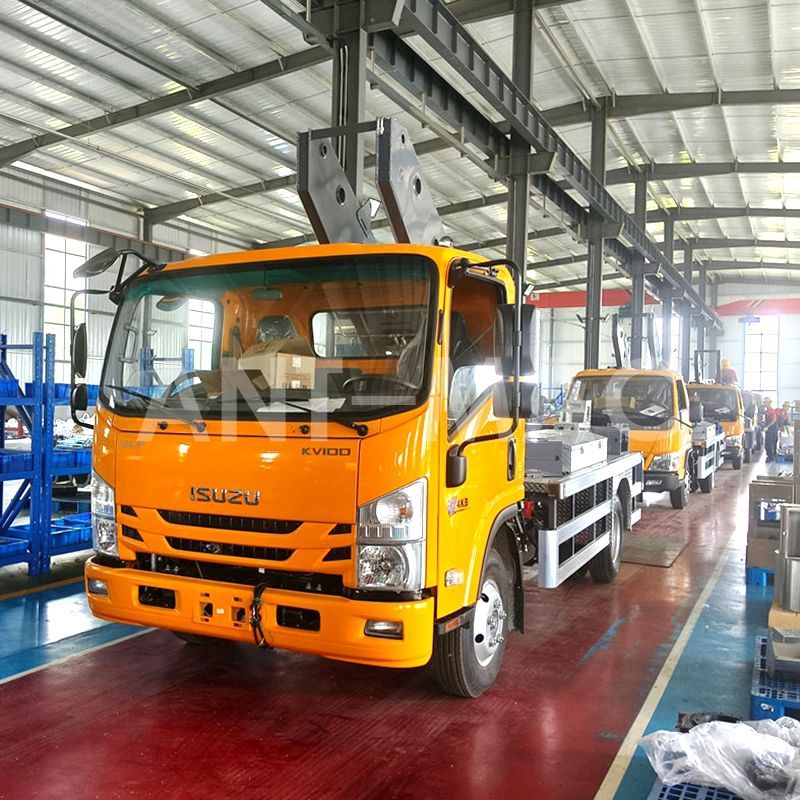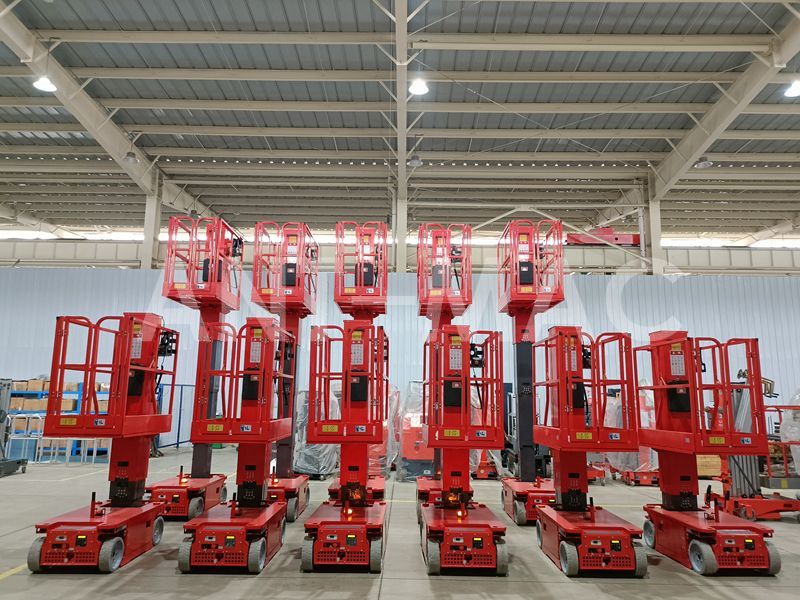
Introduction — Why This Platform Matters Now
In an era where job sites are tighter, regulations stricter, and uptime non-negotiable, the aluminum alloy & sleeve vertical lifting platform is more than another piece of equipment — it’s a strategic upgrade.
Unlike bulky steel scissor lifts or complex boom lifts, this platform rethinks elevation from the ground up. By combining aerospace-grade 6061-T6 aluminum alloy with a precision-engineered telescopic sleeve mast, it achieves a rare balance: high load capacity (up to 300 kg) at roughly half the weight of traditional lifts.
That means safe access in sensitive, high-traffic, or restricted-floor-capacity environments where conventional machines simply can’t go.

Why This Isn’t Just Another “Lightweight” Lift
Many manufacturers use the word “lightweight,” but few deliver true structural integrity without compromise. Our design saves weight through material science and geometry—not by cutting safety margins.
Material: 6061-T6 aluminum (yield strength ~240 MPa), aircraft- and marine-grade.
Design: monocoque frame with internal ribbing for torsional rigidity.
Weight: as low as ~280 kg (compared to 600+ kg for steel equivalents).
Max working height: up to 16 m with lateral sway typically under ±5 cm.
Because aluminum doesn’t rust, these platforms are ideal for cleanrooms, food-processing areas, and coastal facilities where corrosion is a major concern. To view our aluminum models and specifications, see the Aluminum Alloy Vertical Lifting Platform page.
The Sleeve Lift Advantage: Precision Over Power
Scissor lifts need footprint to expand; boom lifts need stabilization. The sleeve lift takes a different path: nested telescopic tubes that provide straight vertical motion—quiet, compact, and highly precise.
Sleeve mast with linear bearings for smooth, low-wobble vertical travel.
Real-world example
A museum in Amsterdam needed to service 14 m skylights without damaging the historic parquet floor. A steel scissor lift was too heavy and a boom lift couldn’t pass the narrow entrance. The team used an aluminum alloy sleeve vertical lifting platform:
Weight: 310 kg (within floor load limits)
Width: 0.8 m (navigated narrow corridors)
Operation: battery-powered, near-silent
Result: job completed in 3 hours with zero surface damage
This is the sleeve lift advantage: access and precision where others can’t operate.
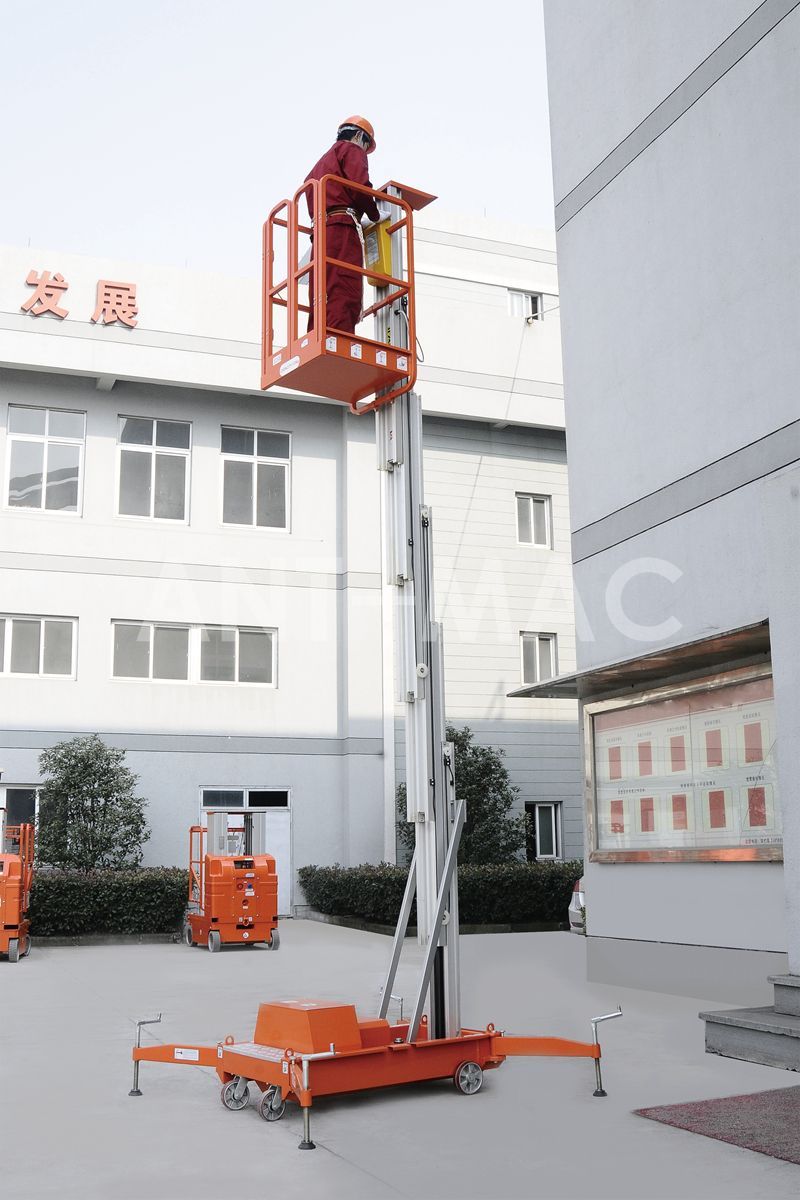
Where It Outperforms: Niche Applications, Big Impact
Rather than open yards, this platform shines in controlled, high-value environments:
| Application | Why It Works |
Cleanroom Maintenance | Non-marking tires, sealed hydraulics, ESD-safe options. |
Data Center Server Racks | Narrow profile (≤1 m), precise vertical reach for ceiling ducts and cable trays. |
Pharmaceutical Facilities | Corrosion-resistant surfaces, easy sanitation, GMP compliance. |
Historic Building Renovation | Low ground pressure, minimal dust and noise—protects delicate floors. |
Broadcast Studio Rigging | Silent operation with fine height control for lighting and cameras. |
These are proven use cases from clients across Germany, Japan, and Canada—real jobs, not hypotheticals. Browse related vertical models on our Vertical Lift category.
Hidden Engineering: What Makes It So Stable?
How does a lightweight platform remain steady at 15 meters? Three design choices explain it:
Low center of gravity: battery pack and pump mounted at the base to minimize top-weight.
Sleeve mast with linear bearings: drastically reduces wobble and ensures smooth travel even after 10,000 cycles (tested per EN 280).
Optional outrigger-free mode: for very tight spaces some models employ wide-base geometry plus electronic stabilization in lieu of manual outriggers.
These features are validated by third-party labs and comply with CE and ISO standards; many models also meet ANSI/EN test protocols.
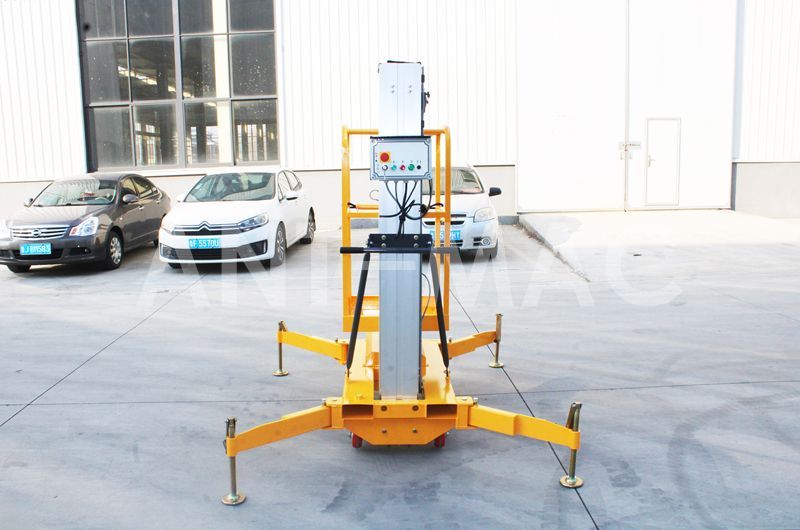
The Future: Smart, Sustainable, and Self-Monitoring
Next-generation sleeve lifts are already integrating:
IoT sensors to monitor mast alignment, battery health, and usage patterns
Bluetooth diagnostics for predictive maintenance
Solar-assisted charging for off-grid sites
Fleet management dashboards for rental fleets
Pilot programs in Sweden and Singapore are testing these features with strong early results—especially for rental fleets that need utilization insights and predictive servicing.
Conclusion: Redefining Elevation, One Innovation at a Time
The aluminum alloy & sleeve vertical lifting platform isn’t simply lighter — it’s smarter, cleaner, and more adaptable. Whether you call it a sleeve lift, vertical lift, or aluminum alloy platform, the value is clear: maximum access with a minimum footprint.
For forward-thinking contractors, rental companies, and facilities managers, this is more than a piece of equipment — it’s a competitive advantage. Explore our aluminum and sleeve lift models on the Aluminum Alloy Vertical Lifting Platform page or view the full vertical lift family at Vertical Lift. If you’d like a tailored recommendation, contact our team.
 Russian
Russian